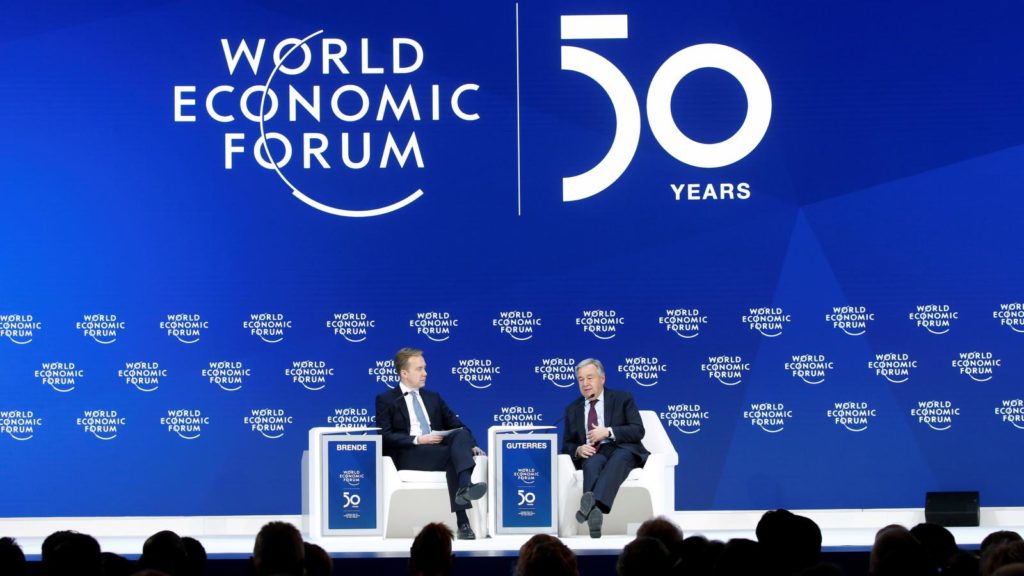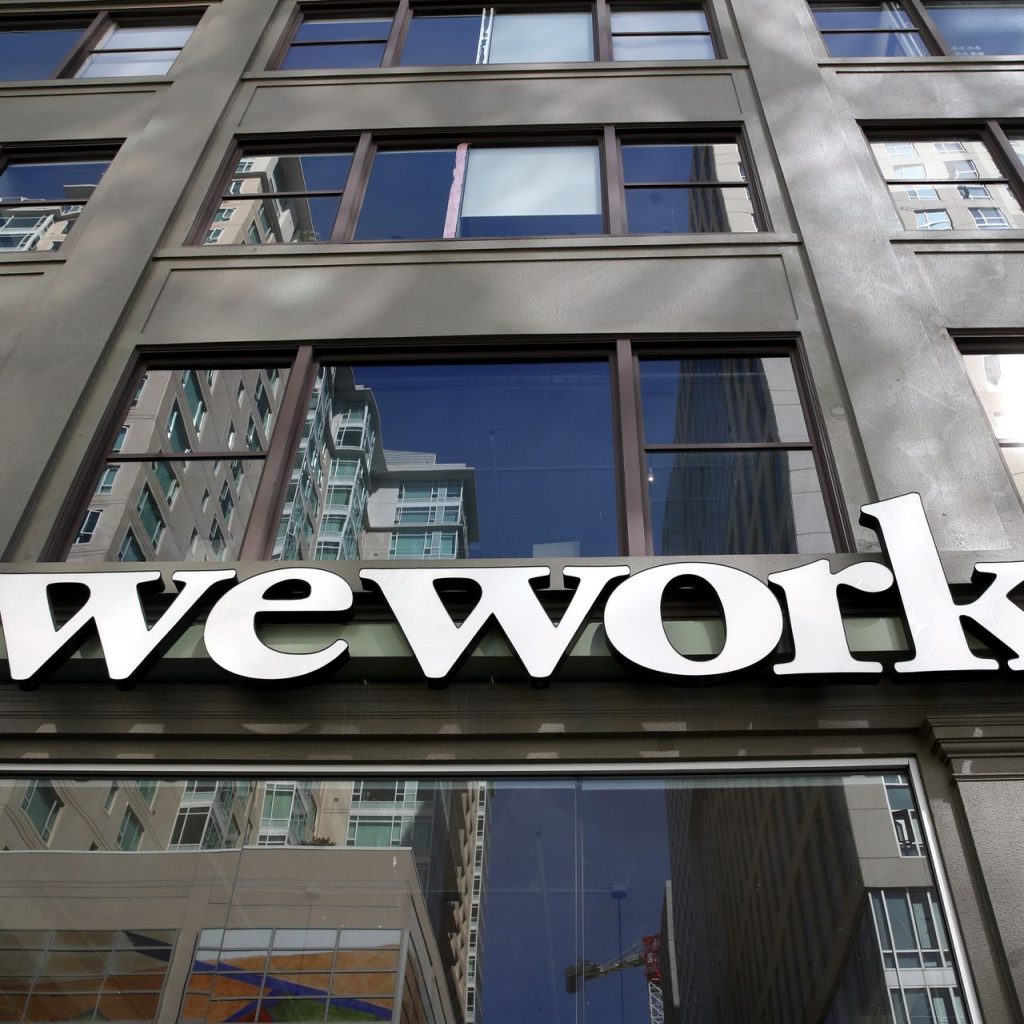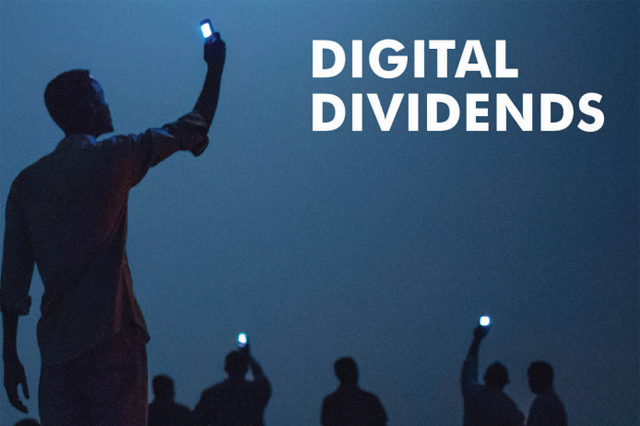If the title of this week’s Power Exchange sounds futuristic, you may be surprised to learn that more than 20 years ago the world’s first gold-backed digital currency was actually launched right here in the U.S.
We’ll tell you that story and more, including why gold-backed cryptocurrency and other digital assets are going mainstream much faster than people realize.
E-gold: 100% backed by gold
In 1996, 13 years before Bitcoin, Douglas Jackson created e-gold. It was, temporarily, the world’s first 100% gold-backed cryptocurrency. The anonymous system allowed users to transfer grams of gold to other users and merchants and was the second-most popular online payment system, right behind PayPal.
E-gold was used by over 5 million people in 165 countries before the U.S. government shut the system down. The digital currency violated numerous U.S. financial laws and reporting regulations such as proper licensing and “Know your customer” rules. Jackson was sentenced to 36 months of supervised release and house arrest, and e-gold was effectively out of business.
Douglas Jackson probably never expected e-gold to grow as quickly as it did. He was also clearly ahead of the times. Today we have dozens of digital currencies like Bitcoin, with blockchain backing fractional ownership of gold, stocks and investment real estate.
Gold, Bitcoin, and the USD
In our Q4 2019 TwinRock Partners Quarterly Newsletter, we quoted Warren Buffett as saying this about gold: “It doesn’t do anything but sit there and look at you.” Buffett’s point was that gold lacked a useful purpose for investors, such as increasing wealth.
The Oracle of Omaha is arguably one of the greatest investors of all time, but his comments on gold decidedly missed the mark. Here’s how gold, Bitcoin, and the USD have performed over the past six months:
- Gold: $1,301.80 March 15th, $1,520.95 August 15th, +16.8% over the past 6 months
- Bitcoin: $3,902.80 March 15th, $10,099.46 August 15th, +259% over the past 6 months
- USD:90 March 15th, 98.15 August 15th, +1.28% over the past 6 months, based on DXY U.S. Dollar Index
While the value of the USD increased, that gain is relative to six other major fiat currencies. The Federal Reserve recently decreased short-term interest rates to 2.25%, the yield curve is inverted with 10-year rates at 1.54%, and inflation is 1.8% over the past 12 months.
RMG: Royal Mint Digital Gold
With the U.S. Dollar performing the way it is, it’s easy to understand the potential benefits of digitizing real assets like gold. In fact, The Royal Mint is in the process of launching RMG, a blockchain-backed technology that digitizes direct ownership of gold and provides a cost-effective way of utilizing gold as an asset.
In May of this year, the Russian Central Bank announced it was considering the use of gold-backed currency to facilitate international settlements. Although Russia has historically been anti-crypto, the country has done an about face. The current session of the legislature is considering passing a digital assets bill, allowing cryptocurrency to become legalized.
Buying gold is at a near 50-year high
As trade tensions and global economic uncertainty continue to increase, central banks around the world have begun diversifying reserves away from the USD by buying gold.
Over the first six months of this year, a record $15.7 billion in gold was purchased by central banks, according to the Financial Times. Last year, global central banks acquired more gold than at any time since 1971 when the gold standard was ended. That buying pattern continues today.
Gold, digital assets, and cryptocurrency
Gold buying continues to rise, and the popularity of fractional digital ownership of assets continues to grow.
Owning digital assets such as Bitcoin, crypto backed by gold, and fractional real estate shares aren’t intended to replace physical assets. Instead, by allowing investors to own small slices of a larger and more costly asset, people can diversify and potentially grow their portfolios in ways that were not possible just a few short years ago.




